Whole life costs

Look at whole-life costs to find real-life savings
Everyone’s had economic challenges over the past 12 months, which is why it’s more important than ever to pinpoint exactly how much it is costing to run your fleet. Looking beyond the more obvious upfront and leasing expenses will help you get the most from your budget.
These whole-life costs consider the cost of running a vehicle over the period of ownership. There are many factors to consider, from fuel consumption to the state of the market. For example, the price of electric vehicles usually come with a higher up-front cost than petrol- or diesel-fuelled vehicles – but EVs bring a range of whole-life cost savings, such as cheaper fuel (electricity) through home-charging, benefit-in-kind (BIK) tax savings and exemption from charges in congestion and low-emission zones, to name a few.
March 2023’s new car registration figures showed electric vehicles counted for one in six sales, and total sales grew by 18 per cent year-on-year.
Therefore, businesses and households are becoming more attracted to the environmental benefits of electric vehicles. And Kia – with the Niro EV,
EV9,
EV6,
and Soul EV
– has an array of tempting propositions.
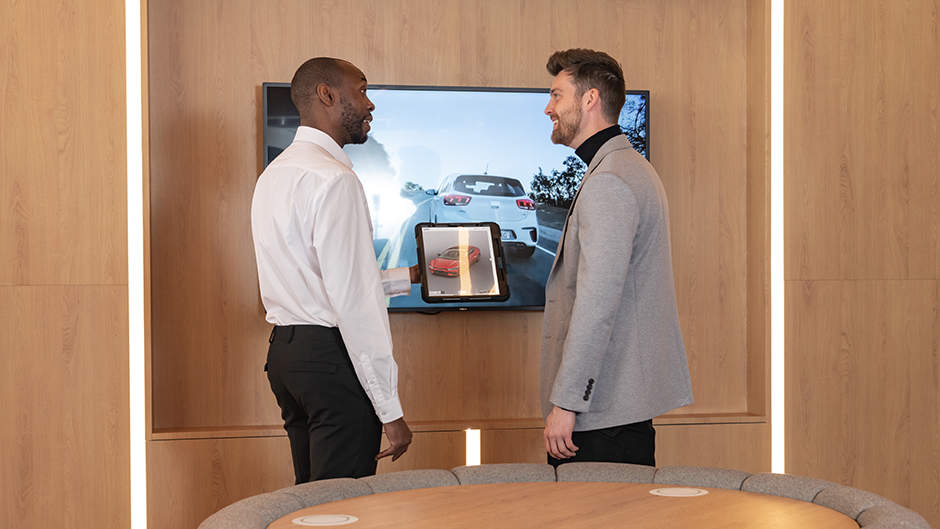
Fuel
An additional benefit of EVs is that fleet managers don’t have the increasing cost of fuel to reimburse. Then consider the employer’s national insurance and maintenance and the scales are tipping more in EVs’ favour. In the March Budget fuel duty was frozen until April 2024, but only an extreme optimist would believe this will be a long-term situation. Such seeming inevitability is altering perceptions when making the choice to switch to EVs.
Although fuel cards can help obtain lower petrol and diesel costs, it’s becoming clearer that switching to EVs is becoming more viable.
What’s more, the unchanged electricity price cap – even if it does increase in future – increases the attraction of electric vehicles.
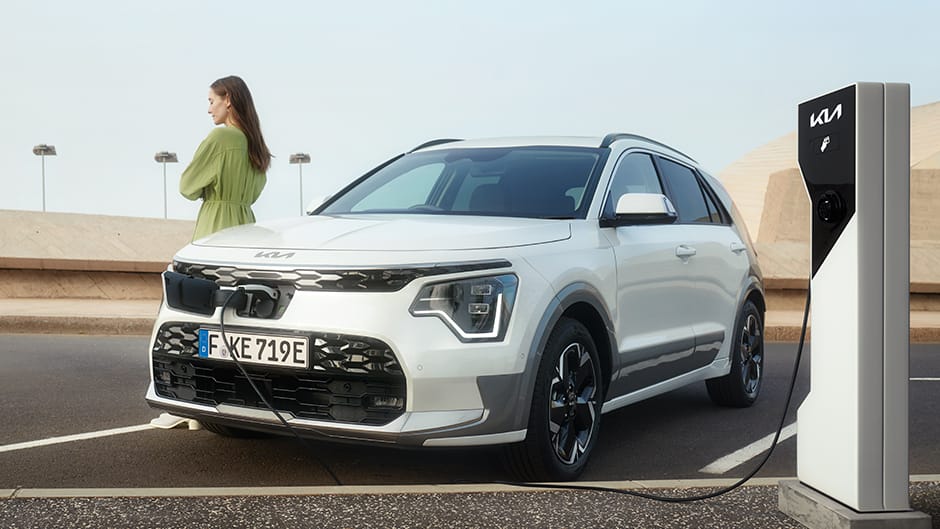
Congestion and low-emissions zones
Cleaner air in urban areas is a priority for local authorities, increasing numbers of whom are introducing charges for driving petrol or diesel vehicles into city or town centres. The zero tailpipe emissions of electric cars make them exempt from congestion charges in places such as London, Bath, Birmingham and Portsmouth. More low-emission zones are planned for other areas, including Bradford, Bristol and Tyneside.
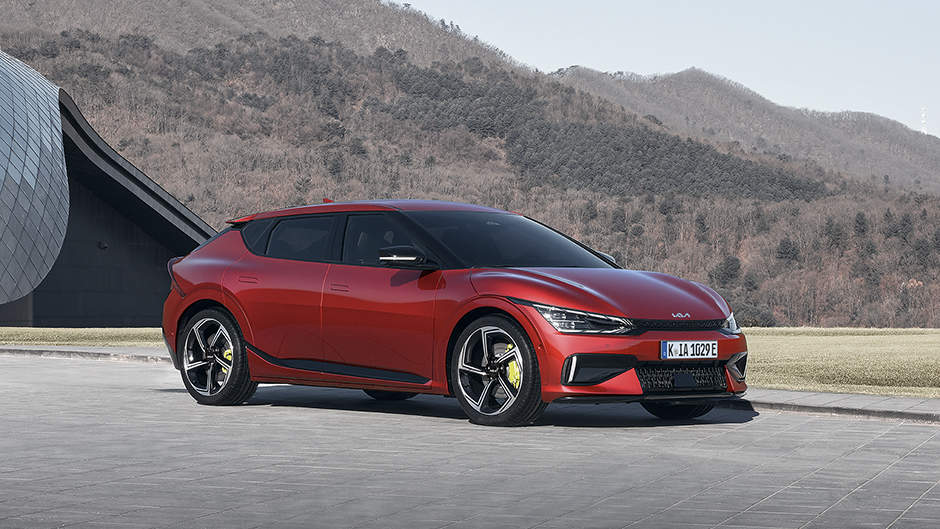
Tax incentives
Company cars attract benefit-in-kind (BIK) tax. This is based on the P11D value of the vehicle, the amount of CO2 it emits, and the income tax band of the driver. The BIK rate dictates the P11D value that will set your tax amount. For EVs, which don’t produce tailpipe emissions, that rate is set at just two per cent until the tax year 2024/25. This compares to the maximum rate of 37 per cent for an internal combustion engine (ICE) vehicle.
When you add the benefits of reduced Class 1A National Insurance contributions and 100% allowable depreciation in year 1, it makes for even more compelling purchase proposition.
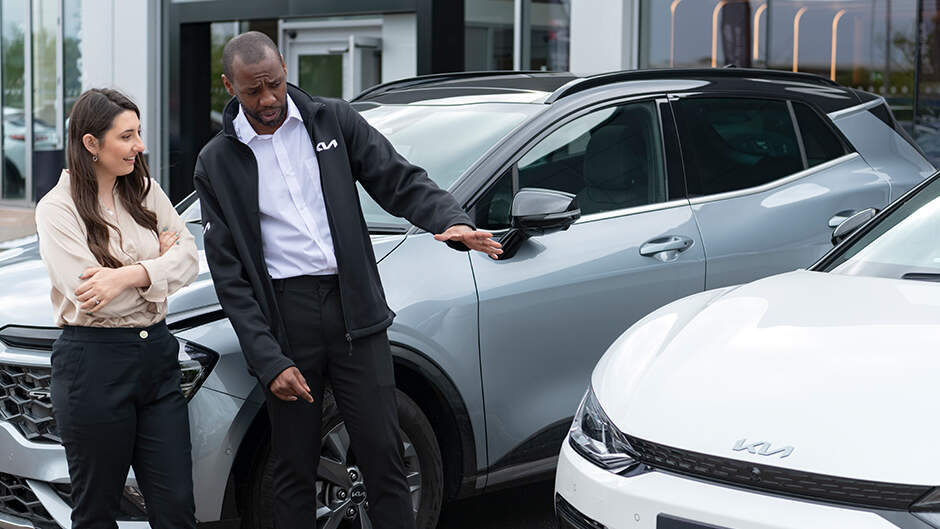
Servicing
Typically, an electric vehicle has fewer moving parts than one with an internal combustion engine, so there are fewer components that can become damaged or worn out. There’s also regenerative braking: as the vehicle slows down, kinetic energy is recouped and transferred to battery for later use. Another boon for EVs is they don’t require diesel particulate filters (DPFs) or AdBlue, both of which need maintaining and come with associated costs. All of which makes maintenance costs a significant consideration when choosing an EV.
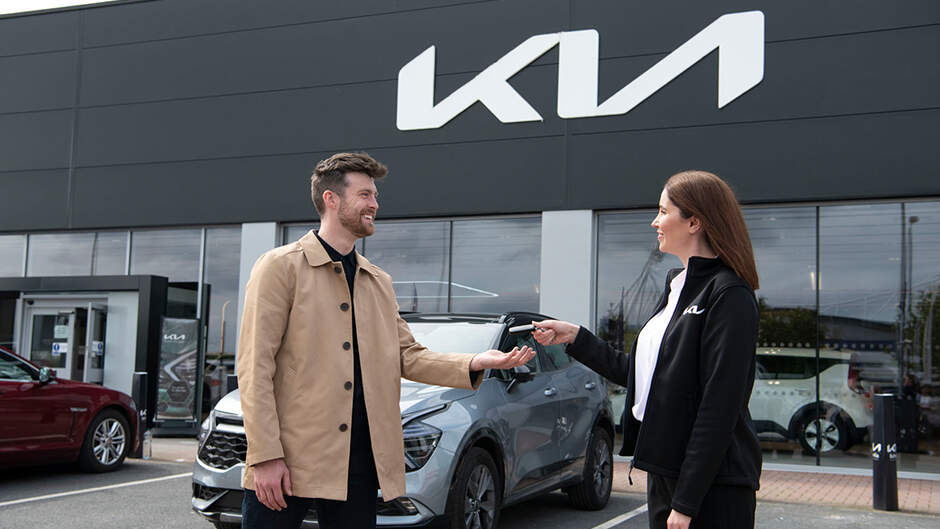
Attract and retain staff
With the sale of new petrol and diesel vehicles ending in 2030, fleet managers can offer an emissions-free mobility option right now. Offering EVs on your fleet could well be a decisive factor in the recruitment and attraction of staff. In addition, the move to EVs is an excellent way for companies to back up their status as an environmentally aware business.
All things considered, the case for fleets ‘going green’ by turning to EVs and the whole-life costs of running them compared to ICE vehicles has never been more compelling – and it’s only likely to become more so.
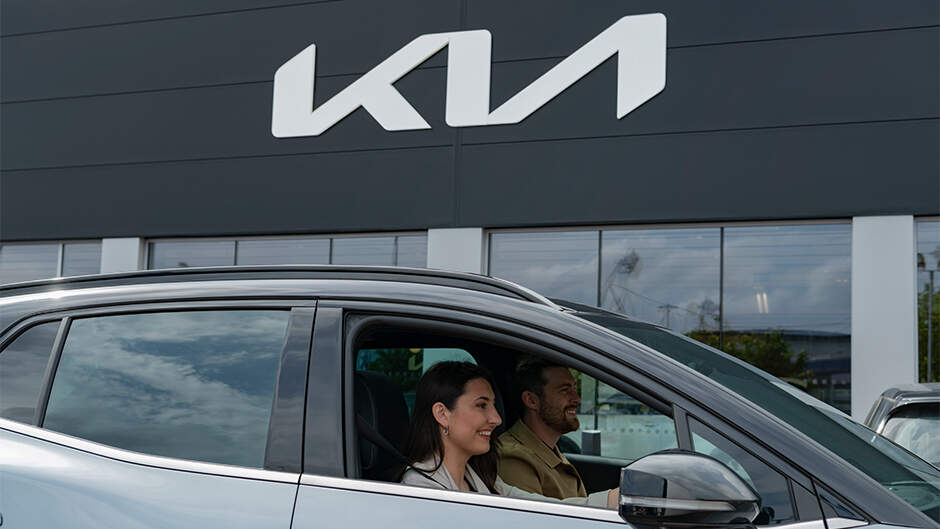
Images shown are for illustration purposes only and may not be to full UK specification. Features shown are not standard across the Kia model range and availability will vary dependant on model. For further details please refer to the individual model specification sheets.
*Fuel economy and emissions: driving range standards are calculated using the World Harmonised Light Vehicle Test Procedure (WLTP).
**There are certain situations in which the petrol engine will automatically activate even when the vehicle is in EV mode. Examples could include: when the hybrid battery state of charge is reduced to a certain level, when acceleration demand is high and/or when it is required to heat up the cabin.
*** Forward Collision-Avoidance Assist (FCA)
Forward Collision-Avoidance Assist (FCA) is an assistance system and does not relieve the driver from their responsibility to safely operate the vehicle at any time. The driver still has to adapt their driving behaviour to their personal driving capabilities, to the legal requirements and to the overall road and traffic conditions. FCA is not designed to drive the vehicle autonomously. For further information, please refer to the owner’s manual.

